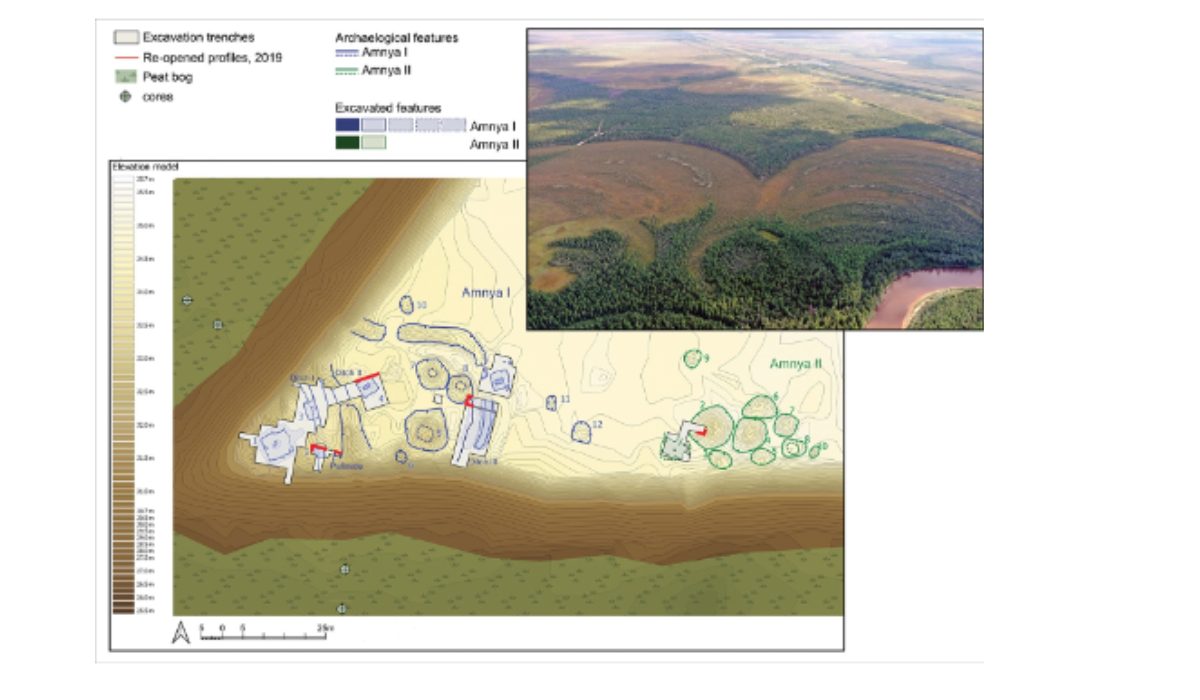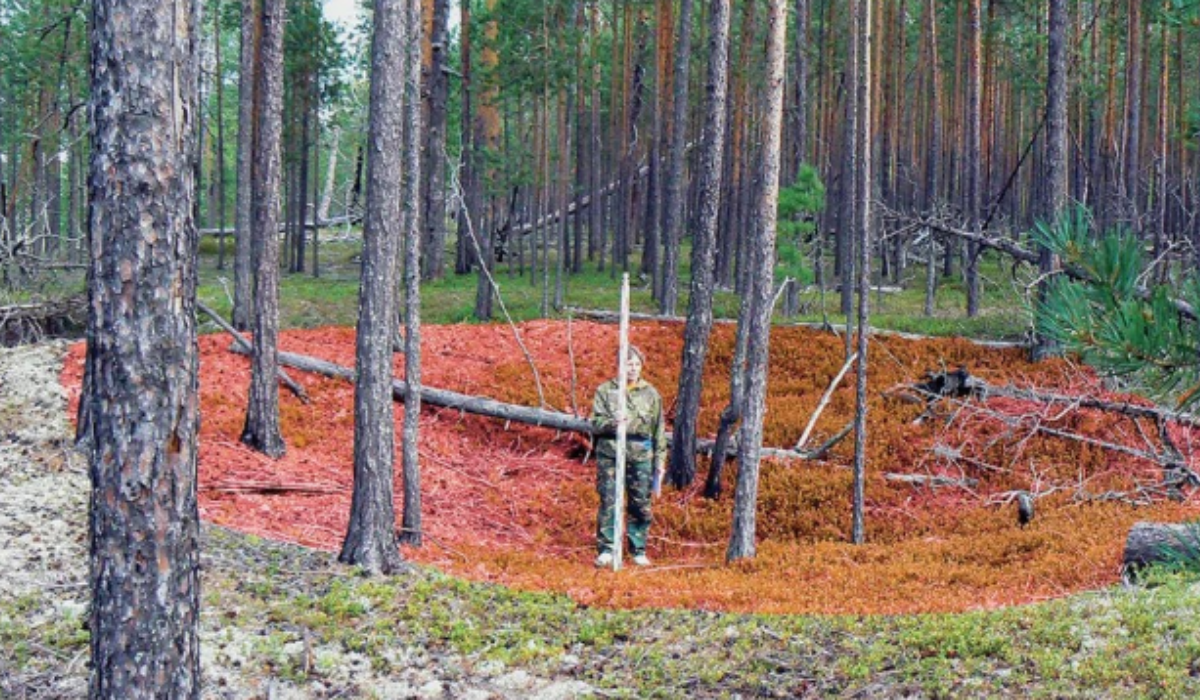Civilizational Wonder: A Stronghold in the Present Extremes
Siberia, a vast and largely uninhabited region in Russia, has a rich history that spans thousands of years. In ancient times, various indigenous groups, such as the Evenki, Yakuts, and Chukchi, inhabited the area. Adapting to its harsh climate and relying on activities like hunting, fishing, and reindeer herding.
In the 16th and 17th centuries, Russian explorers and settlers began moving into Siberia, primarily for its abundant fur resources. The Siberian Trakt, a trade route, connected Moscow with the western part of the region. The construction of the Trans-Siberian Railway in the late 19th century facilitated Russian migration and economic development in the region. During World War II, Siberia played a critical role in resisting the German invasion. Many industries were relocated to the region for safety. The harsh climate and vast expanses of wilderness have contributed to Siberia’s image as a rugged and challenging frontier.
The western part of it is characterized by vast expanses of taiga (boreal forest). Tundra in the north, and extensive river systems, including the Ob and Irtysh rivers. The region is known for its flat terrain and vast marshlands, contributing to the prevalence of permafrost in many areas. In general, it experiences temperature extremes, and winter temperatures can drop significantly below freezing. The region is also rich in natural resources, including oil, gas, coal, timber, and minerals. The exploitation of these resources has significantly shaped the economic development of Western Siberia and contributed to the growth of cities and industrial centers.
It was previously believed that this part of the world was deprived of permanent settlements. Like the ones developed in regions like the Indian subcontinent, Mesopotamia, or Egypt. A recent archaeological study led by researchers of the Free University of Berlin has found evidence of fortified settlements from around 8,000 years ago. The excavations at The Amnya archaeological sites (unearthed in 1987) located around the river Amnya (Reka Amnya), in the Khanty-Mansi autonomous okrug of the Russian Federation, have challenged the historic notion about the region.
There are about 10 sites already studied answering some and asking many questions.

The region in the ancient past was inhabited by nomadic people. Therefore, it would be an overstatement to say that the excavated structures were permanent residential structures but the architecture is indeed suggesting a stronghold. Multiple structures like a pit house are unearthed where some are surrounded by a ditch while others are undefended. The structure is somewhat similar to the Indus Valley civilization of centuries later. Consisting of a defended citadel and open parts for residence. While the Indus Valley was an agrarian civilization, the seasonal surplus needed to be stored and defended the possible use of such a structure for a nomadic hunter-gatherer community is still unclear.

The speculations about the climate of the region supporting a surplus of resources have been made which is very different from the one we experience in the region today. Though not settled agriculture, the availability of seasonal surplus of resources might have caused an influx of humans from surrounding regions. Thus triggering a struggle for resources. The need for fortification implies the prevalence of storage of surplus and rading culture in the civilization.
These rading groups could be the sections of the same community or new migrants from other regions. Whatever the reason maybe the crowding had indeed compelled the construction of strongholds. What’s more intrusting is that it predates the other stone-age fortifications. And to find one in this part of the world has surprised the archeologists.
While Siberia’s history reflects a complex interplay of indigenous cultures. Russian expansion, and Soviet-era developments, its present is marked by a mix of economic activities and environmental concerns. Also, efforts to balance development with the preservation of its unique ecosystems and cultures. Recent discoveries have highlighted it on the world map as an unresolved mystery of the environment as well as civilization dogma.







